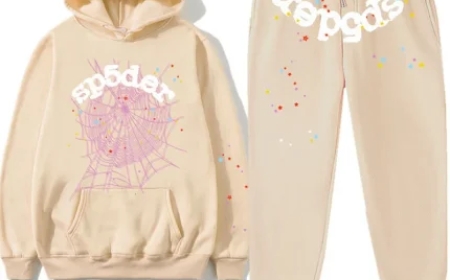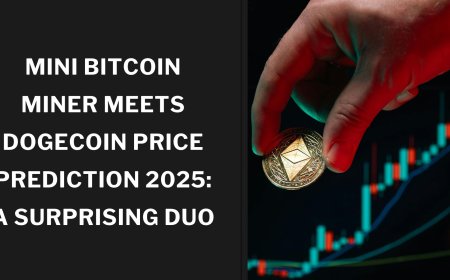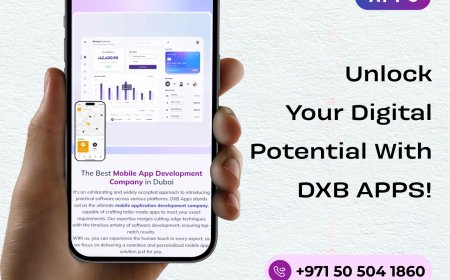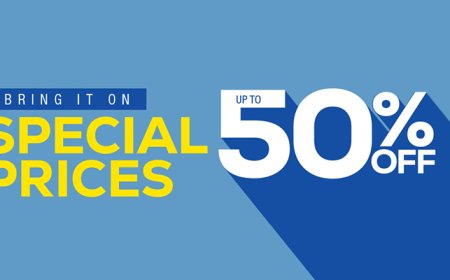How Retailers Are Using Tableau for Customer Insights?

Introduction
Todays retail environment is more competitive than ever. As customer expectations rise, brands must understand their shoppers on a deeper level to deliver personalized and memorable experiences. Data is the key to unlocking these insights, but raw data alone is not enough it needs to be analyzed, visualized, and transformed into actionable strategies. Tableau, a powerful data visualization and business intelligence platform, is helping retailers bridge this gap. By using Tableau, retail businesses can convert complex data into clear, meaningful customer insights, improving decision-making, driving loyalty, and boosting profitability.
What is Tableau and Why Does it Matter in Retail?
Tableau is a widely used analytics and data visualization platform that helps users transform complex data sets into interactive and shareable dashboards. Its drag-and-drop interface and ability to connect to numerous data sources make it particularly popular among retailers.
For retail businesses, Tableau offers:
The ability to combine data from multiple sources, including POS systems, e-commerce platforms, and loyalty programs
Dynamic dashboards for real-time monitoring
User-friendly visualizations that even non-technical staff can interpret
Tools to track customer behavior and market trends
In short, Tableau helps retailers make sense of their data quickly and share insights across departments.
How Retailers Are Leveraging Tableau for Customer Insights?
Lets explore some specific ways Tableau supports retailers in understanding their customers:
1 Customer Segmentation
Retailers often have vast and diverse customer bases. Tableau helps them segment customers by age, purchase history, location, buying patterns, and even social media engagement.
For example, a retailer could use Tableau to identify customers who frequently buy high-margin products, then tailor marketing campaigns to retain those valuable customers.
Benefits of segmentation with Tableau:
-
Better targeted marketing
-
Improved product recommendations
-
Enhanced customer loyalty programs
2 Personalization Strategies
Personalization is no longer a luxury its an expectation. Tableau empowers retailers to analyze data on purchase behavior, seasonal preferences, and browsing habits to create personalized offers and experiences.
For instance, a retailer could use Tableau dashboards to spot which products a customer has browsed online, then send them targeted email promotions.
Results of personalization with Tableau:
Increased conversion rates
Higher average order value
Greater customer satisfaction
3 Inventory and Product Mix Optimization
Another area where Tableau shines is inventory management. Retailers can use Tableau dashboards to monitor product performance, identify bestsellers, and recognize items with declining demand.
With these insights, they can make better buying decisions, reduce stockouts, and avoid overstock situations.
Inventory insights with Tableau help to:
-
Optimize shelf space
-
Improve cash flow
-
Reduce unnecessary markdowns
4 Analyzing Omnichannel Behavior
Todays customers shop across multiple channels online, mobile, and in-store. Tableau helps retailers consolidate data from all these touchpoints to build a unified view of the customer journey.
By analyzing this omnichannel behavior, retailers can identify gaps in the customer experience and adjust their strategies accordingly.
For example:
-
Understand how online research influences in-store purchases
-
Measure the impact of promotions across channels
-
Improve customer support consistency
5 Monitoring Customer Satisfaction
Customer satisfaction is critical to long-term retail success. Tableau can bring together survey data, online reviews, and social media comments into one central view.
This makes it easier for retailers to:
Track Net Promoter Scores (NPS)
Identify recurring complaints
Spot trends in customer feedback
By acting on these insights, businesses can address pain points more quickly and keep customers happy.
6 Predictive Analytics for Future Planning
Tableau, combined with predictive modeling techniques, allows retailers to forecast future trends in customer behavior. This might include:
-
Predicting seasonal demand
-
Forecasting churn risk
-
Estimating lifetime customer value
When retailers anticipate what customers will want next, they can make proactive decisions that strengthen their market position.
Benefits of Using Tableau for Customer Insights
Faster decision-making Visual dashboards speed up understanding
Greater accuracy Data-driven decisions reduce bias
Better collaboration Dashboards can be shared across teams
Improved customer loyalty Personalization keeps customers engaged
Competitive advantage Retailers who know their customers better win in crowded markets
Challenges Retailers Should Consider
Even with a powerful tool like Tableau, challenges can arise:
Data silos Retailers must break down internal data barriers
Data quality Inaccurate data can produce misleading insights
User adoption Employees may need training to get the most from Tableau
Privacy compliance Strict rules like GDPR require retailers to protect customer data carefully
Retailers who address these challenges proactively can unlock the full value of Tableaus capabilities.
How to Get Started with Tableau in Retail?
If youre a retailer interested in using Tableau for customer insights, heres how to begin:
Audit your data Ensure your customer data is clean and well-structured
Define your goals Are you aiming to improve loyalty? Optimize inventory? Reduce churn?
Train your team Upskill employees on Tableau basics
Start with simple dashboards Dont overcomplicate; build confidence first
Iterate and improve Continuously refine your dashboards as you learn more
Conclusion
Tableau certification courses in Chandigarh It has become an indispensable ally for modern retailers striving to understand their customers better. From segmentation and personalization to omnichannel behavior analysis and predictive planning, Tableau empowers retailers to act on data confidently. By transforming raw information into clear, actionable insights, businesses can build stronger customer relationships, streamline operations, and boost long-term growth. In todays fast-paced retail landscape, Tableaus data-driven approach gives companies a competitive advantage they cant afford to ignore.
FAQs
Q1: Is Tableau suitable for small retail businesses?
Yes Tableau is scalable and works well for small retailers who want to analyze customer data effectively.
Q2: Does Tableau require coding skills?
No, Tableaus drag-and-drop interface makes it accessible even for non-technical users.
Q3: Can Tableau integrate with my existing POS system?
Most likely. Tableau supports a wide range of data connectors and can integrate with popular POS and CRM systems.
Q4: How much does Tableau cost for a retail business?
Pricing depends on your license type and number of users. Tableau offers flexible subscription models to fit different budgets.
Q5: How secure is customer data within Tableau?
Tableau has strong security protocols, but retailers should also implement their own data governance practices to protect sensitive information.





























